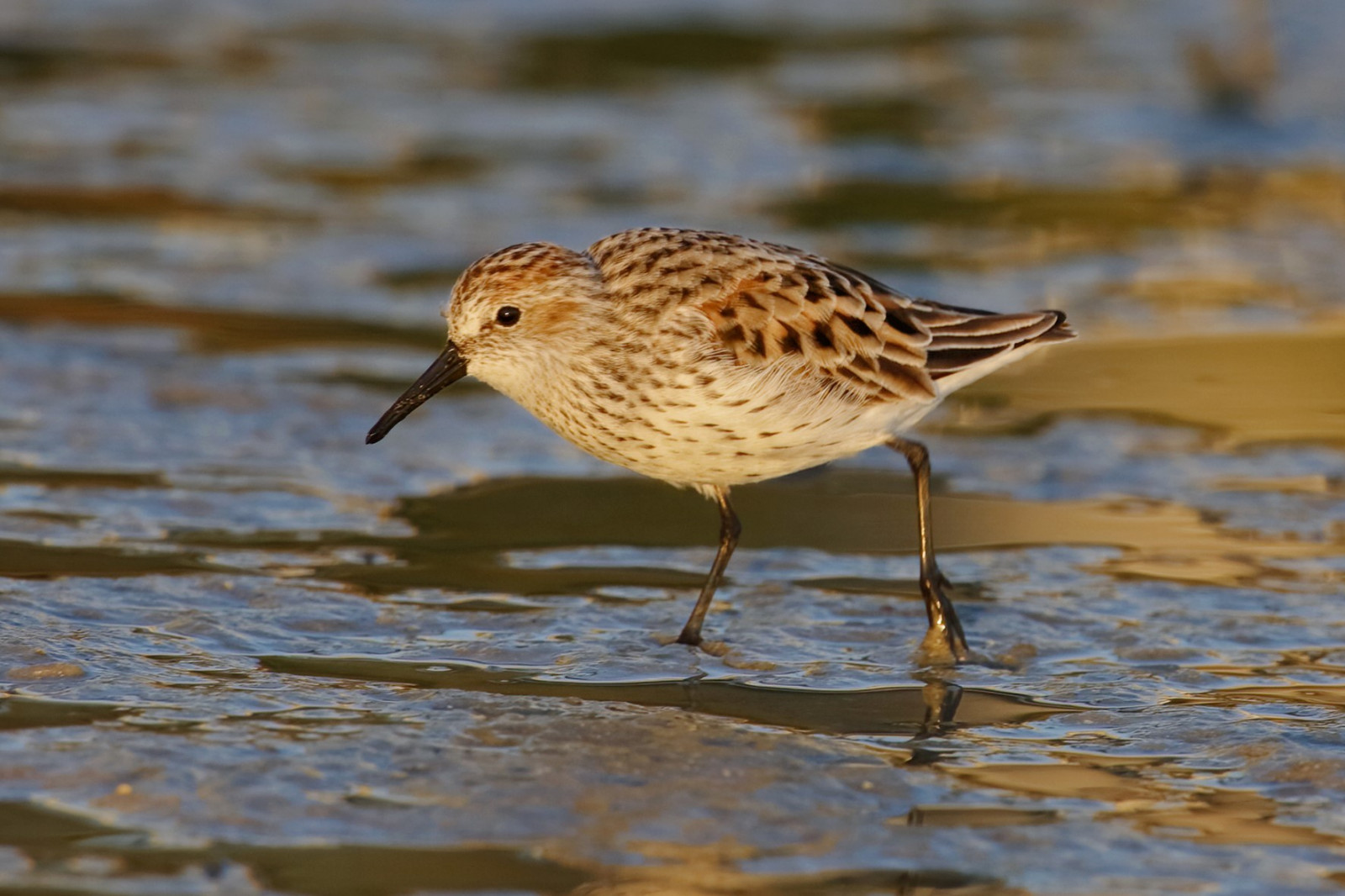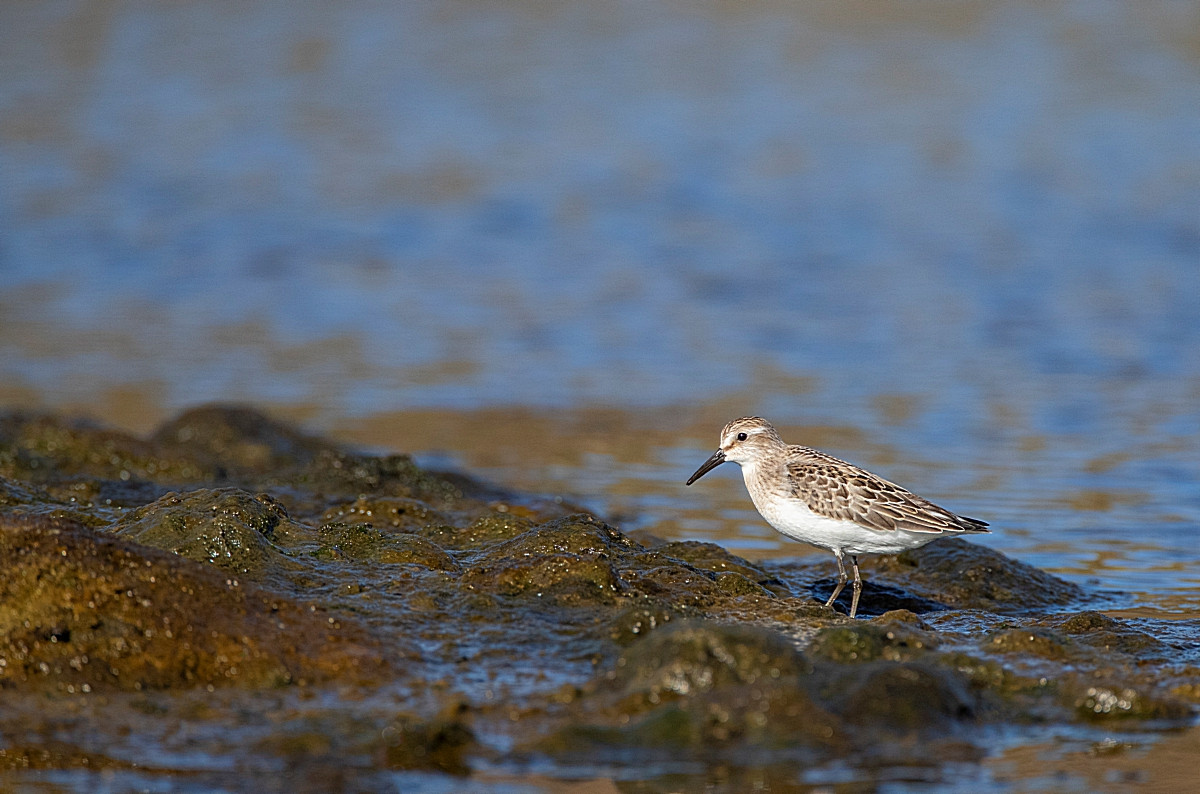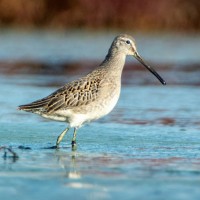Descrizione
Station d'épuration Leblond is not a hiking trail but a fixed observation point, it allows you to observe mudflat waders during high tide (see a link to the tides table below). A wetland is present all around the settling ponds, this allows the observation of many birds of the region. Among the birds you can observe are Osprey, Grey-lined Hawk, Black Vulture, American Golden Plover, Semipalmated Plover, Semipalmated Sandpiper, Red Knot, Spotted Sandpiper, Long-billed Dowitcher, Ruddy Turnstone, Common Ground Dove, Ruddy Ground Dove, Black-capped Donacobius, Yellow-rumped Cacique, Wattled Jacana, Greater Ani, Smooth-billed Ani, Yellow-hooded Blackbird, Pied Water-Tyrant, White-headed Marsh Tyrant, Yellow-chinned Spinetail, Wing-barred Seedeater, Grey-breasted Martin, Masked Yellowthroat, Tropical Kingbird, Striated Heron, Great Kiskadee, Grey Kingbird, Giant Cowbird, Shiny Cowbird, Orange-winged Parrot and Great Egret.
Dettagli
Accesso
To get there you have to take the direction of Intersport de Cayenne. Then continue on the road behind the store and go along the sewage treatment plant. The area is basic and the last few meters are with potholes. You can park on the grassy strip.




